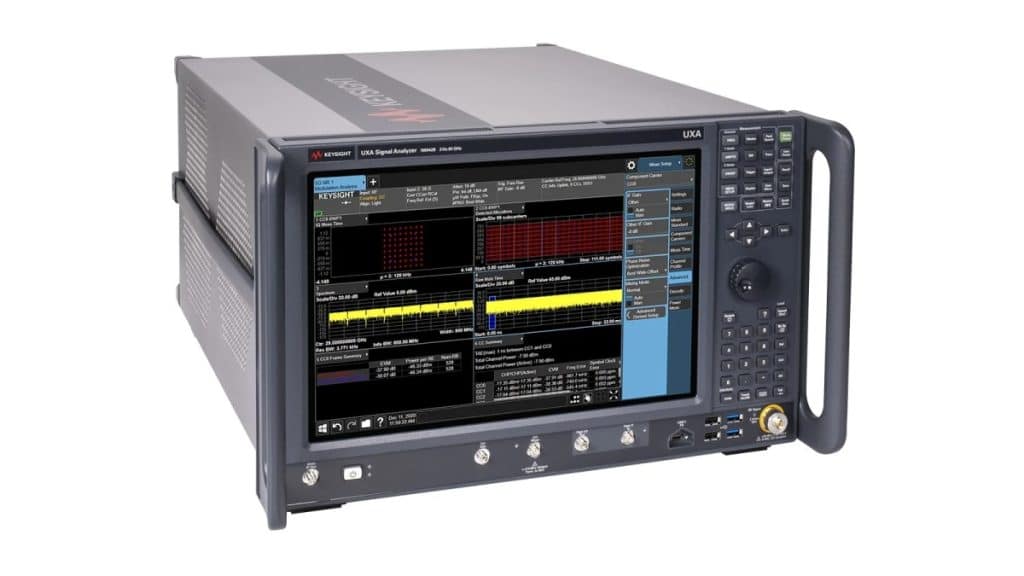Choosing the appropriate spectrum analyzer is key to guaranteeing correct and efficient signal analysis in applications that span wireless communication, aerospace, and other parts of the defense industry. Keysight, a leader in test and measurement solutions, has a large and diverse portfolio of spectrum analyzers.
In particular, they offer different categories of Keystone spectrum analyzers, with each family containing various models that cover a broad range of specifications and requirements. When selecting a model from among these families, pay close attention to its specs and features.
Determine Your Frequency Range Requirements
Selecting a keysight spectrum analyzer demands careful consideration of several factors. The most important among these is the frequency range – from the highest signal frequency you need to analyze down to the lowest.
The range you choose, then, should be guided by the signals you’re working with. Throughout the process of choosing an analyzer, it’s also good practice to consider ranges slightly higher than the maximum output signal your tests tend to generate.
Consider Performance Specifications
Key parameters such as resolution bandwidth (RBW), phase noise, dynamic range, and sensitivity define how well a spectrum analyzer performs. For some applications (like radar and 5G testing) that demand truly accurate signal measurements, a lower phase noise specification is a must.
Dynamic range is another critical factor that can make or break an analyzer’s utility; it determines how well the instrument can make meaningful measurements of weak signals in the vicinity of a stronger one. A higher dynamic range generally means you’re able to measure signals better in spectral environments that are just packed with multiple signals.
Choose the Right Form Factor
Keystone spectrum analyzers come in various form factors, including those that sit on a bench, are held in the hand, or connect via USB. They all do the same basic job but with differing levels of performance.
Lab-based, ultra-precise, and feature-rich bench top models are the kind most students will encounter when using a spectrum analyzer, albeit in an environment that simulates real-world conditions as closely as possible.
Portability becomes important when moving to the practice of spectrum analysis, those that are handheld and intended for use in more field-oriented scenarios.
Application-Specific Features
Various applications may require particular attributes that boost the efficiency of testing. For instance, in application areas like electronic warfare and interference hunting, it’s vital to capture transient signals. But in many contexts, real-time processing of that signal isn’t absolutely necessary.
What is necessary, however, is an efficient means of capturing the signals themselves. We could go on with further examples, but the underlying point is that width and depth of spectrum analysis are two very important aspects of modern testing, especially across 5G, radar, and IoT application domains.
Keysight Spectrum Analyzers Are the Top of the Line
Selecting the appropriate spectrum analyzer requires a careful weighing of several elements: the frequency range; the various performance specifications; the form factor; application-specific features; and, of course, the budget. These are necessary touchstones, as they will allow us to zero in on a model that satisfies your current needs.
